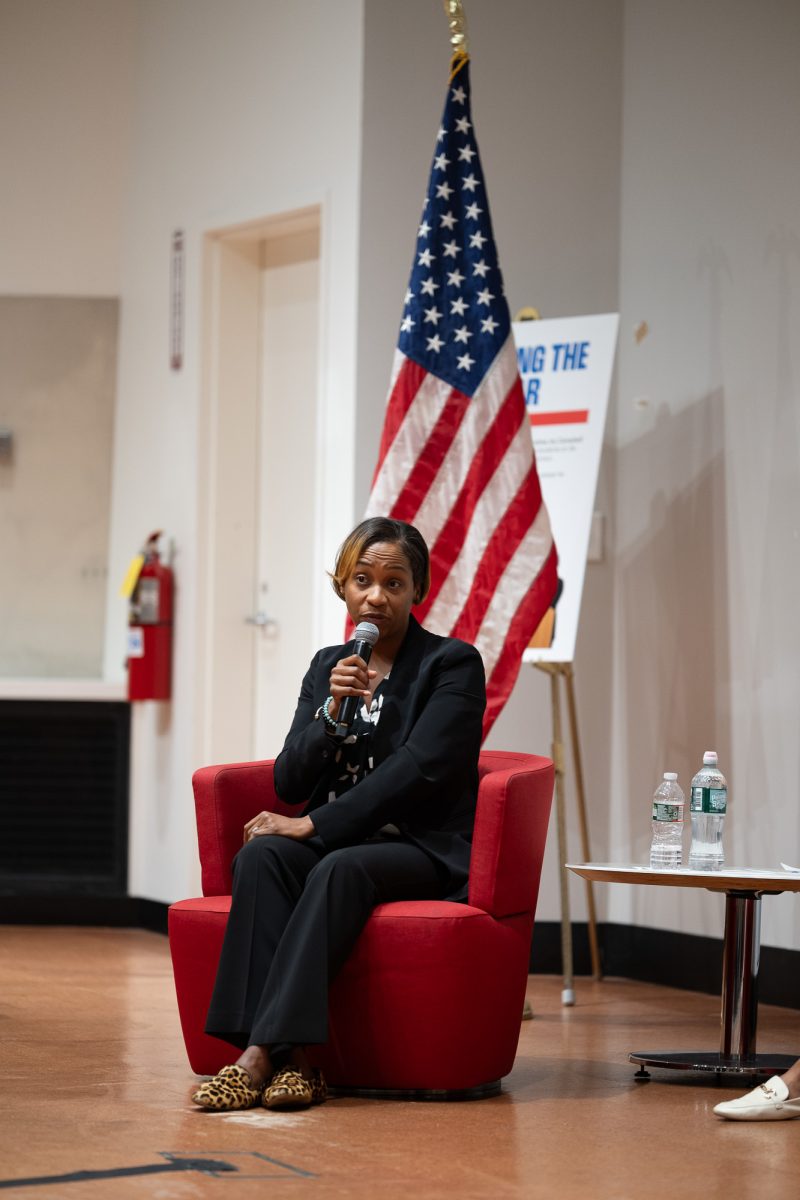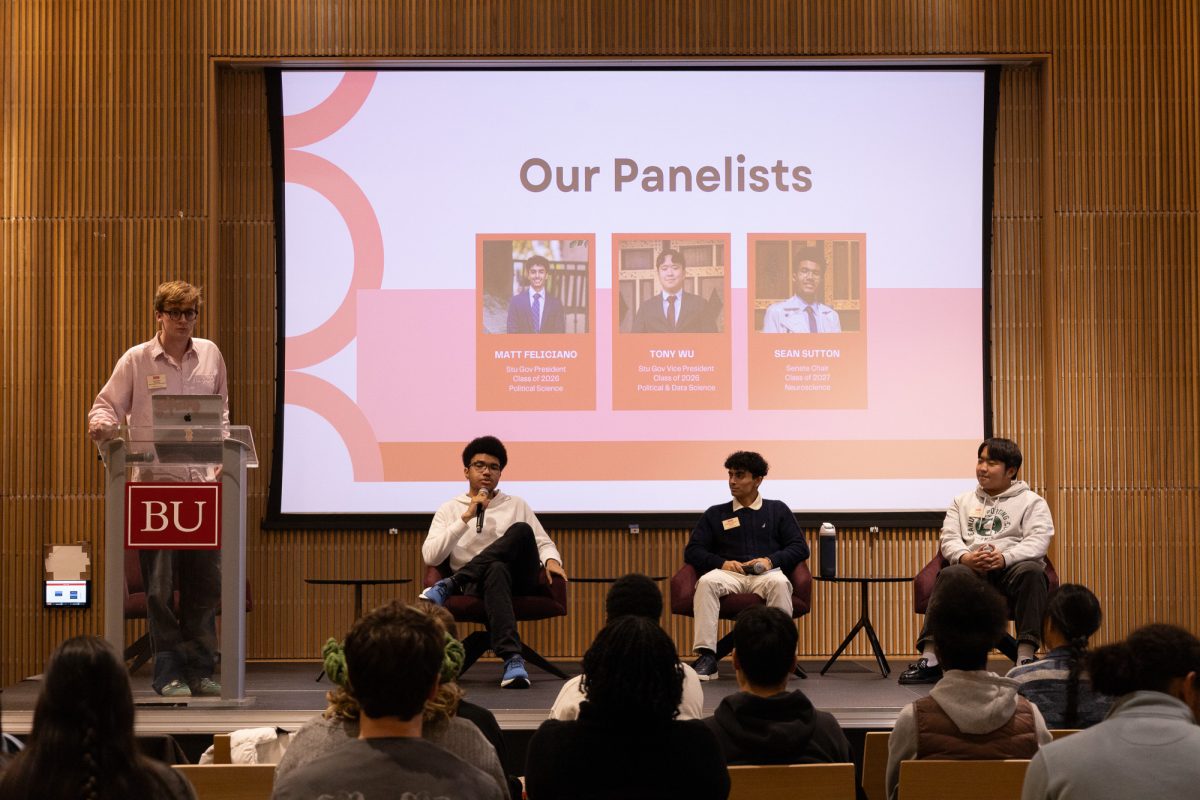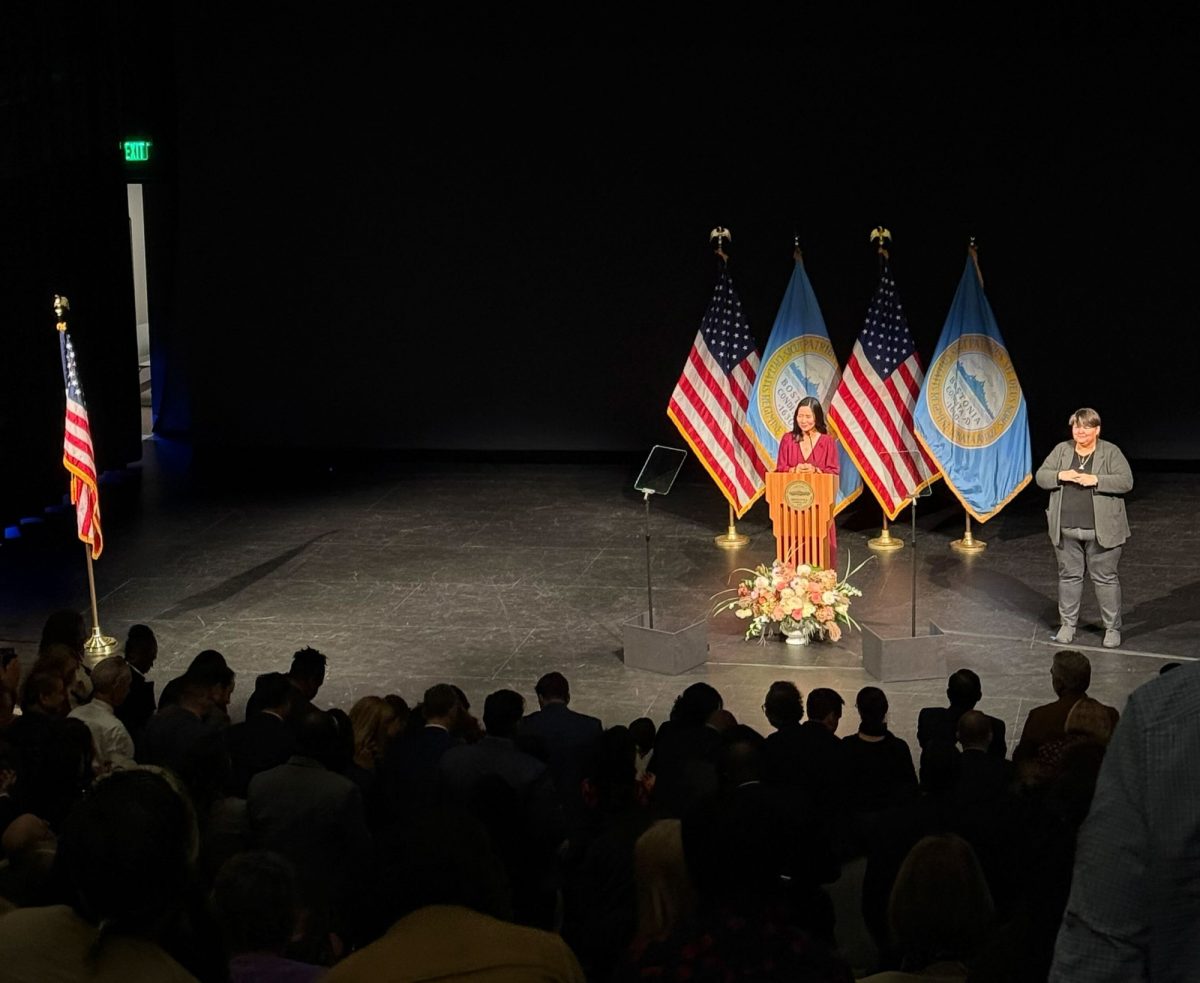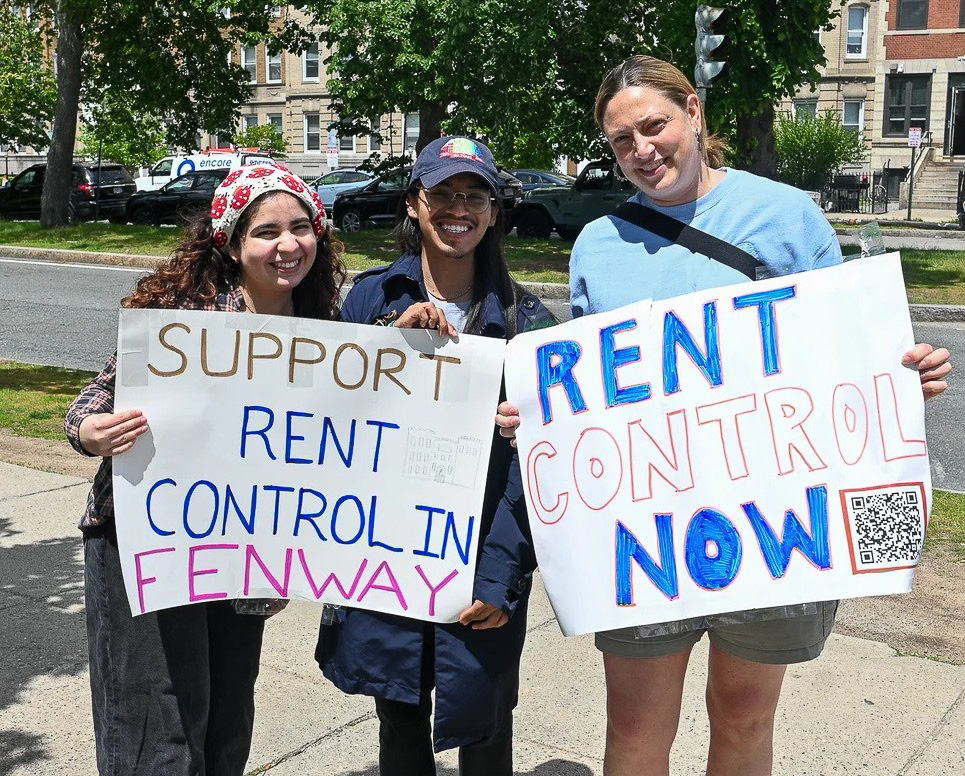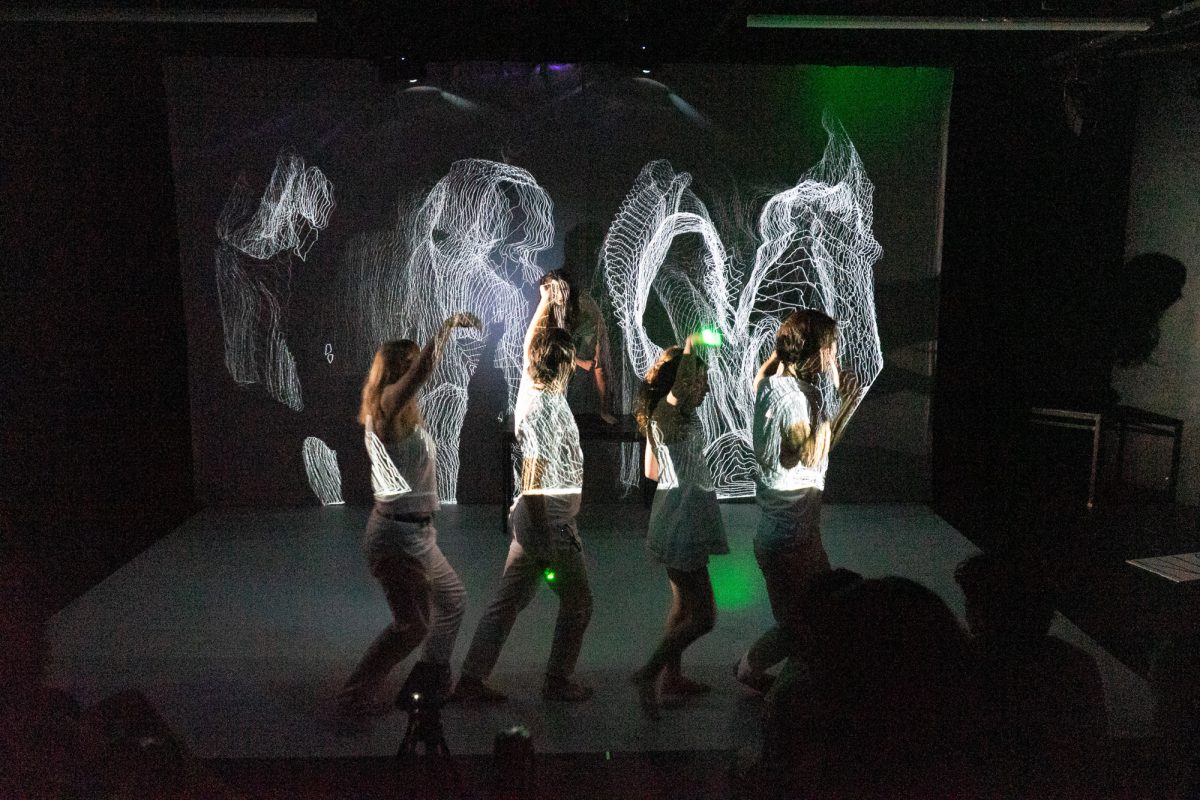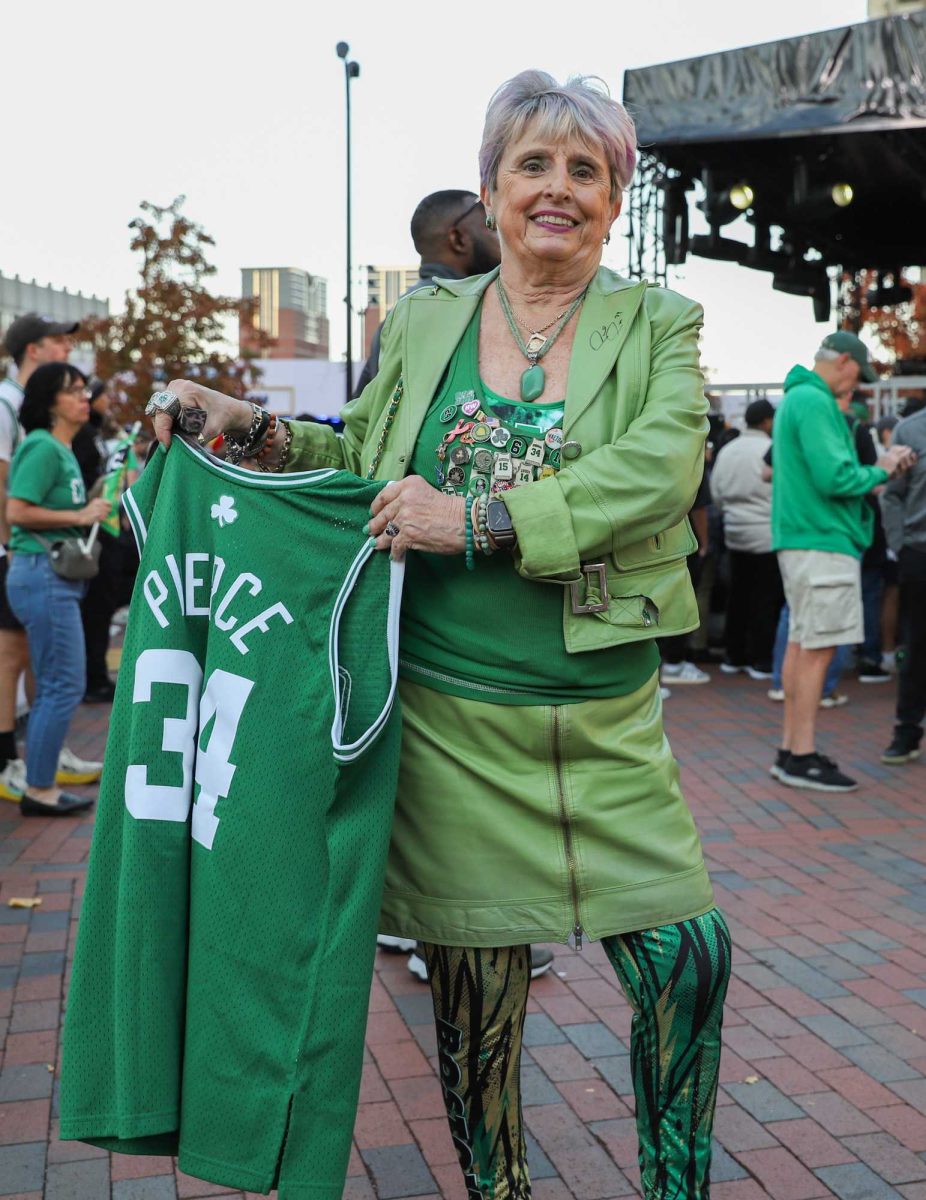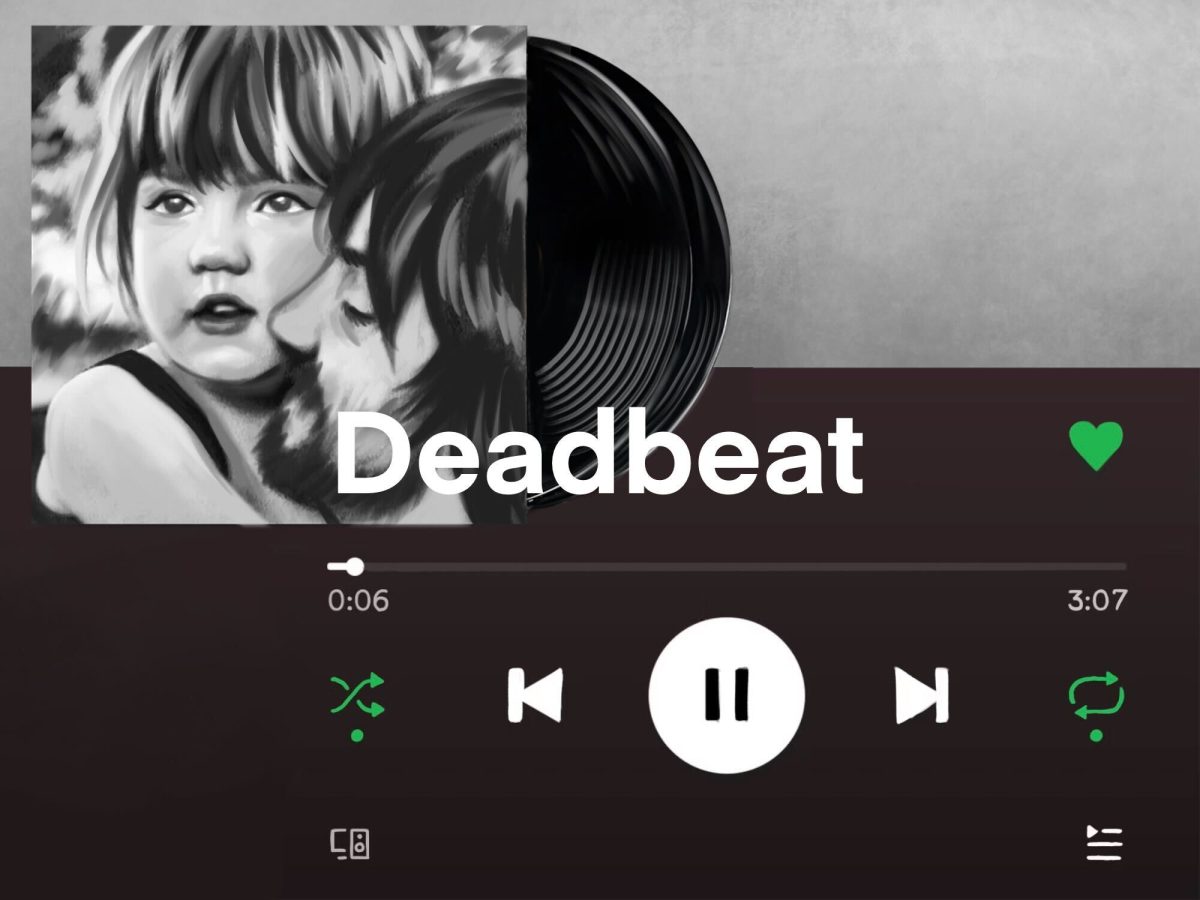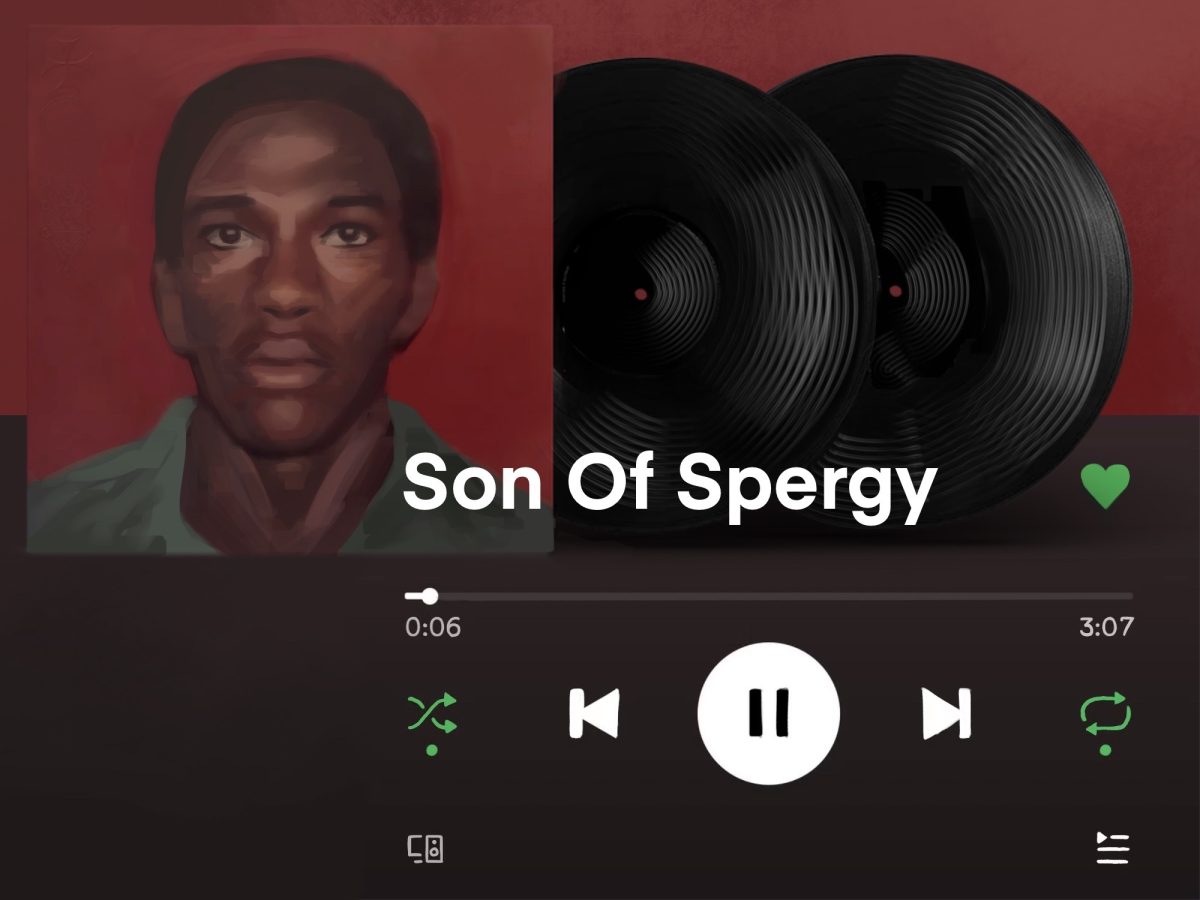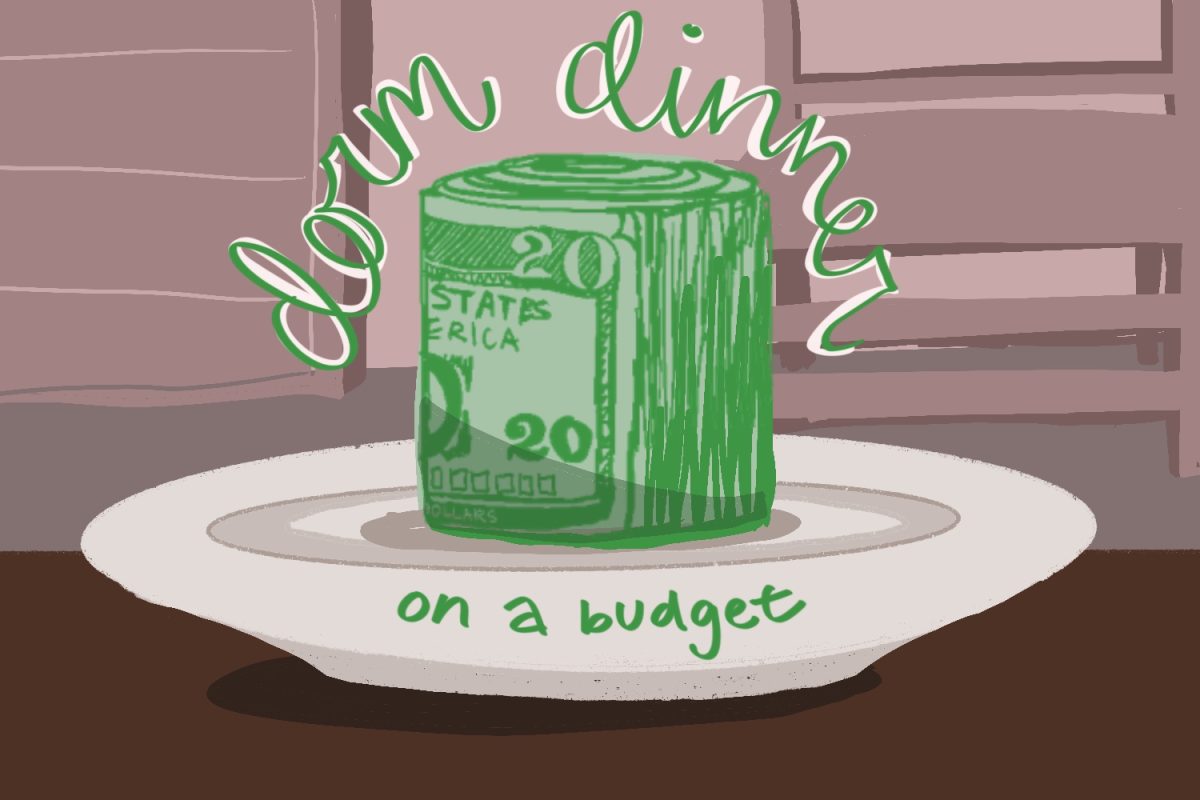Those of us who use Snapchat never thought we’d pick up our phones Wednesday night to see a story entitled “California Shooting,” which featured videos where we heard alleged gunshots and saw students on lockdown.
In said shooting, 14 were confirmed dead and 21 were injured in San Bernardino, California, Wednesday when a husband and wife duo allegedly opened fire inside a facility for people with mental disabilities, according to CNN.
Snapchat’s VP of communications Mary Ritti told the International Business Times, “We published [the “California Shooting”] story because we felt that the content, which comes from the [Los Angeles] local Story, was newsworthy and held national significance. Our hearts go out to the victims and their families.”
This was Snapchat’s first attempt at handling a breaking news event.
We have seen the network of citizen journalism greatly expand this year, both on Twitter and on Snapchat, with its creation of stories for specific cities, countries or events. But considering the platform and target audience of Snapchat as a whole, the decision to create this story was in poor taste. Of course local coverage of this shooting was necessary, and this is undoubtedly an issue of national importance — but a medium known for selfies, crying rainbows, cat eyes and monkey emojis isn’t the most worthy place for video depicting the deadliest shooting since 20 students and six teachers were shot and killed at Sandy Hook Elementary School in December 2012.
The medium truly is the message in this case. It makes sense that trained journalists may want to dabble in this area of reporting — after all, live-tweeting events has become the crux of some journalists’ careers today. However, there is always risk in live-tweeting or bullet point reporting of information as it becomes available, as some news sources have taken to doing. Breaking news is precarious, and a “what we know now” approach is half a story, waiting to be updated, poked and prodded until someone tells us that what we have reported on was wrong all along.
But even in these cases, we understand that content goes through a thorough editing process before it hits our smartphone and laptop screens. As journalists, we’ve heard the adage, “it’s better to be second than wrong,” and a mass shooting is no exception to the rule. We understand Snapchat’s motives — they have brought many people together in featuring videos of protests, cultural movements and social issues. But in this case, we seem to be lacking in a curation of content.
Although Snapchat wants to encourage an onslaught of citizen journalism in times like this, a thorough editing and curating process is still superbly necessary, if not more so. Those of us who watched the “Snap Story” saw videos and photos captioned with crying emoji faces and “smh” (shaking my head) more often than we saw any pertinent information coming through. In attempting to become a true news source, Snapchat needs to walk a more delicate balance between making the news more accessible and altogether cheapening it.
Perhaps if Snapchat had teamed up with a news organization for this tragedy specifically — one featured on its home page, such as CNN or Vice — these contributions would have been screened more thoroughly. But a true and reliable news organization should have enough journalistic integrity to be sure that content is appropriate and information is correct. The whole story felt dirty. In taking a crisis situation and saying, “now’s our chance to cover a breaking news event,” Snapchat unfortunately trivialized a hugely significant event with inappropriate captions and lack of content analysis.
Even worse, we’ve seen what happens when citizen journalism goes wrong. After the Boston Marathon bombings in 2013, Reddit crowd-sourced “evidence” and wrongly accused an “Arab-looking” man for a crime of which he was completely innocent.
It truly is a shame to see those who were affected by this shooting in their own backyard unable to express what was going on through more words than “smh.” We’d like to imagine in a time like this that those on lockdown would take out their phones to call their families rather than contribute to their Snapchat stories. Some may argue that these people may not have even been 100 percent aware of what was going on around them — but if that were the case, then Snapchat’s whole attempt at a hard-core “breaking news” story missed the point.
When it comes down to it, Snapchat channels such as this are made to bring people closer to issues at hand. It’s likely, though, that no Snapchat user longed to be brought closer to this tragedy.


